Skeletal Exam Study Guide

.
- 1.
1) This vertebra is an example of a(n) ________.
- A.
A.) axis
- B.
B.) sacral
- C.
C.) thoracic
- D.
D.) lumbar
- E.
E.) atlas
Correct Answer
A. A.) axisExplanation
This vertebra is an example of a(n) axis. The axis vertebra, also known as C2, is the second cervical vertebra in the spine. It is characterized by a bony projection called the odontoid process, which allows for rotation of the head.Rate this question:
-
- 2.
Which structures are highlighted?
- A.
A.)foramen lacerum
- B.
B.)foramen spinosum
- C.
C.)foramen ovale
- D.
D.)foramen rotundum
- E.
E.)optic foramen
Correct Answer
A. A.)foramen lacerumExplanation
The structures highlighted in the question are the foramen lacerum.Rate this question:
-
- 3.
What structures are highlighted? Leader line indicates where it should be highlighted.
- A.
A.)body
- B.
B.)manubrium
- C.
C.)suprasternal notch
- D.
D.)sternal angle
- E.
E.)xiphoid process
Correct Answer
D. D.)sternal angleExplanation
The correct answer is D) sternal angle. The leader line points to the area where it should be highlighted.Rate this question:
-
- 4.
Which of the following bones does not make up part of the orbit of the eye?
- A.
A.)zygomatic
- B.
B.)lacrimal
- C.
C.)sphenoid
- D.
D.)palatine
- E.
E.)nasal
Correct Answer
C. C.)sphenoidExplanation
The sphenoid bone does not make up part of the orbit of the eye. The orbit of the eye is formed by several bones, including the zygomatic, lacrimal, and nasal bones. The sphenoid bone is located at the base of the skull and does not contribute to the structure of the eye socket.Rate this question:
-
- 5.
The highlighted area is part of which bone?
- A.
A.)frontal
- B.
B.)maxilla
- C.
C.)sphenoid
- D.
D.)zygomatic
- E.
E.)temporal
Correct Answer
C. C.)sphenoidExplanation
The highlighted area refers to a specific part of a bone. In this case, the correct answer is C) sphenoid.Rate this question:
-
- 6.
The highlighted area is part of which bone?
- A.
A.)sphenoid
- B.
B.)temporal
- C.
C.)palantine
- D.
D.)vomer
- E.
E.)maxilla
Correct Answer
C. C.)palantineExplanation
The highlighted area is part of the palatine bone. The palatine bone is located in the back part of the nasal cavity and forms the posterior part of the hard palate. It also contributes to the formation of the floor and lateral walls of the nasal cavity.Rate this question:
-
- 7.
Which structure is highlighted?
- A.
A.)frontal sinus
- B.
B.)perpendicular plate
- C.
C.)crista galli
- D.
D.)optic foramen
- E.
E.)cribriform plate
Correct Answer
E. E.)cribriform plateExplanation
The structure highlighted in the question is the cribriform plate. This is the part of the ethmoid bone located in the roof of the nasal cavity. It is perforated by many small holes, known as cribriform foramina, which allow the olfactory nerves to pass through from the nasal cavity to the brain. The cribriform plate is an important structure for the sense of smell.Rate this question:
-
- 8.
Which structure is highlighted?
- A.
A.)apex
- B.
B.)greater horn
- C.
C.)body
- D.
D.)lesser horn
- E.
E.)base
Correct Answer
B. B.)greater hornExplanation
The correct answer is B.) greater horn.Rate this question:
-
- 9.
Which of the following is NOT part of the ethmoid bone?
- A.
A) middle nasal concha
- B.
B) inferior nasal concha
- C.
C) perpendicular plate
- D.
D) crista galli
Correct Answer
B. B) inferior nasal conchaExplanation
The ethmoid bone is a complex bone located in the skull. It is made up of several parts, including the middle nasal concha, perpendicular plate, and crista galli. The inferior nasal concha, however, is not part of the ethmoid bone. The inferior nasal concha is a separate bone located in the nasal cavity, and it helps to regulate airflow and humidify the air we breathe.Rate this question:
-
- 10.
Which structure is highlighted?
- A.
A) lamina
- B.
B) spinous process
- C.
C) pedicle
- D.
D) dens
- E.
E) body
Correct Answer
E. E) bodyExplanation
The structure highlighted in the question is the body. The body is the main portion of a vertebra, located anteriorly. It is a large, rounded structure that provides support and helps bear the weight of the body. The body is also the site of attachment for various muscles and ligaments.Rate this question:
-
- 11.
Which structure is highlighted?
- A.
A) transverse processes
- B.
B) pedicles
- C.
C) spinous processes
- D.
D) inferior articular processes
- E.
E) superior articular processes
Correct Answer
D. D) inferior articular processesExplanation
The correct answer is D) inferior articular processes. The inferior articular processes are highlighted in the structure being referred to. These processes are bony projections that extend downward from the vertebrae and articulate with the vertebrae below. They help to form the joints between adjacent vertebrae and play a role in the movement and stability of the spine.Rate this question:
-
- 12.
Which structure is highlighted?
- A.
A) ala
- B.
B) sacral promontory
- C.
C) superior articular process
- D.
D) median sacral crest
- E.
E) auricular surface
Correct Answer
A. A) alaExplanation
The structure highlighted in the question is the ala.Rate this question:
-
- 13.
Which structure is highlighted?
- A.
A) shaft
- B.
B) costal groove
- C.
C) neck
- D.
D) head
- E.
E) tubercle
Correct Answer
B. B) costal grooveExplanation
The correct answer is B) costal groove. The costal groove is a shallow groove located on the inferior aspect of each rib. It runs along the inner surface of the rib and provides protection for the intercostal nerves and blood vessels that travel between adjacent ribs. This groove allows the nerves and blood vessels to be safely positioned and protected from external forces or injuries.Rate this question:
-
- 14.
Which structure is highlighted?
- A.
A) foramen lacerum
- B.
B) foramen spinosum
- C.
C) foramen rotundum
- D.
D) carotid canal
- E.
E) foramen ovale
Correct Answer
E. E) foramen ovaleExplanation
The correct answer is E) foramen ovale. The foramen ovale is a small opening in the skull located in the sphenoid bone. It is highlighted because it is an important passageway for the mandibular nerve, a branch of the trigeminal nerve, which supplies sensation to the lower face and jaw. The foramen ovale is also involved in the circulation of blood between the left and right atria of the heart during fetal development.Rate this question:
-
- 15.
Which structure is highlighted?
- A.
A) temporal process
- B.
B) zygomatic process
- C.
C) mastoid process
- D.
D) maxillary process
- E.
E) squamous process
Correct Answer
B. B) zygomatic processExplanation
The structure highlighted in the question is the zygomatic process. This process is a bony projection that extends from the temporal bone, forming part of the zygomatic arch. It is located on the side of the skull, near the cheekbone. The zygomatic process plays a role in providing support and attachment for muscles involved in chewing and facial expression.Rate this question:
-
- 16.
The highlighted area is part of the ________ region of the temporal bone.
- A.
A) tympanic
- B.
B) squamous
- C.
C) petrous
- D.
D) mastoid
- E.
E) occipital
Correct Answer
C. C) petrousExplanation
The highlighted area is part of the petrous region of the temporal bone. The petrous region is the densest and most durable part of the temporal bone, housing important structures such as the middle and inner ear. It is located deep within the skull and contributes to the formation of the cranial base.Rate this question:
-
- 17.
Which structure is highlighted?
- A.
A) infraorbital foramen
- B.
B) mental foramen
- C.
C) superior orbital fissure
- D.
D) inferior orbital fissure
- E.
E) optic canal
Correct Answer
A. A) infraorbital foramenExplanation
The structure highlighted in the question is the infraorbital foramen.Rate this question:
-
- 18.
Which bone is highlighted?
- A.
A) palatine
- B.
B) perpendicular
- C.
C) occipital
- D.
D) vomer
- E.
E) ethmoid
Correct Answer
D. D) vomerExplanation
The bone highlighted in the question is the vomer.Rate this question:
-
- 19.
Which structure is highlighted? (answer unknown) Had a question mark next to it.
- A.
A) external auditory canal
- B.
B) foramen magnum
- C.
C) hypoglossal canal
- D.
D) jugular foramen
- E.
E) carotid canal
Correct Answer
C. C) hypoglossal canalExplanation
The hypoglossal canal is the structure highlighted in the question.Rate this question:
-
- 20.
Which structure is highlighted?
- A.
A) coronoid process
- B.
B) odontoid process
- C.
C) maxillary angle
- D.
D) alveolar margin
- E.
E) mandibular margin
Correct Answer
D. D) alveolar marginExplanation
The structure highlighted in this question is the alveolar margin. The alveolar margin refers to the part of the jawbone that contains the sockets for the teeth. It is the ridge of bone that surrounds and supports the teeth in the upper and lower jaws. This structure is important for maintaining the stability and alignment of the teeth within the oral cavity.Rate this question:
-
- 21.
The head of the fibula articulates with the tibia just inferior to the ________.
- A.
A) medial condyle
- B.
B) tibial tuberosity
- C.
C) intercondylar eminence
- D.
D) medial malleolus
- E.
E) lateral condyle
Correct Answer
E. E) lateral condyleExplanation
The head of the fibula articulates with the tibia just inferior to the lateral condyle.Rate this question:
-
- 22.
Which of the following articulates with the acetabulum?
- A.
A) head of humerua
- B.
B) head of rib
- C.
C) head of radius
- D.
D) head of femur
- E.
E) head of fibula
Correct Answer
D. D) head of femurExplanation
The correct answer is D) head of femur. The acetabulum is a socket-like structure in the pelvis that articulates with the head of the femur, forming the hip joint. The head of the femur is a rounded ball-like structure that fits into the acetabulum, allowing for movement and stability of the hip joint.Rate this question:
-
- 23.
Which of the following bones is not part of the fusion that forms the hip bone?
- A.
A) ilium
- B.
B) pubis
- C.
C) sacrum
- D.
D) ischium
Correct Answer
C. C) sacrumExplanation
The sacrum is not part of the fusion that forms the hip bone. The hip bone is formed by the fusion of three bones: the ilium, the pubis, and the ischium. The sacrum is a triangular bone located at the base of the spine, and it is not involved in the formation of the hip bone.Rate this question:
-
- 24.
Which structure is highlighted?
- A.
A) spine
- B.
B) coracoid process
- C.
C) neck
- D.
D) acromion
- E.
E) glenoid fossa
Correct Answer
D. D) acromionExplanation
The structure highlighted in the question is the acromion. The acromion is a bony process that extends from the scapula and forms the highest point of the shoulder. It is easily identifiable as it is the most prominent part of the shoulder when viewed from the side.Rate this question:
-
- 25.
Which structure is highlighted?
- A.
A) 2nd middle phalanx
- B.
B) 2nd proximal phalanx
- C.
C) 2nd metatarsal
- D.
D) 2nd metacarpal
- E.
E) 2nd distal phalanx
Correct Answer
B. B) 2nd proximal phalanxExplanation
The structure highlighted is the 2nd proximal phalanx.Rate this question:
-
- 26.
Which of the following is considered to be a short bone?
- A.
A) cuneiform
- B.
B) scapula
- C.
C) 1st metacarpal
- D.
D) rib
- E.
E) femur
Correct Answer
A. A) cuneiformExplanation
The cuneiform is considered to be a short bone because it is cube-shaped and has a relatively equal length, width, and height. Short bones are typically found in the wrist and ankle joints and provide stability and support. The scapula, 1st metacarpal, rib, and femur are not considered short bones as they have different shapes and functions.Rate this question:
-
- 27.
Which structure is highlighted?
- A.
A) intertrochanteric line
- B.
B) head
- C.
C) intertrochanteric crest
- D.
D) surgical neck
- E.
E) anatomical neck
Correct Answer
E. E) anatomical neckExplanation
The structure highlighted in the question is the anatomical neck. The anatomical neck is a slight constriction located just below the head of the humerus. It serves as the attachment site for the joint capsule and the ligaments of the shoulder joint. This structure is important for stabilizing the shoulder joint and allowing for smooth movement of the arm. The other options (intertrochanteric line, head, intertrochanteric crest, surgical neck) are all structures related to the femur, not the humerus.Rate this question:
-
- 28.
Which bone is highlighted?
- A.
A) capitate
- B.
B) hamate
- C.
C) lunate
- D.
D) trapezoid
- E.
E) trapezium
Correct Answer
A. A) capitateExplanation
The correct answer is A) capitate. The explanation for this is not available.Rate this question:
-
- 29.
Which structure is highlighted?
- A.
A) ulnar tuberosity
- B.
B) interosseous border
- C.
C) head of radius
- D.
D) radial notch
- E.
E) radial tuberosity
Correct Answer
E. E) radial tuberosityExplanation
The structure highlighted in the question is the radial tuberosity.Rate this question:
-
- 30.
Which structure is highlighted? (Answer had a question mark by it)
- A.
A) lateral border
- B.
B) infraglenoid tubercle
- C.
C) glenoid fossa
- D.
D) acromion
- E.
E) medial border
Correct Answer
A. A) lateral borderExplanation
The structure that is highlighted is the lateral border.Rate this question:
-
- 31.
Which structure is highlighted?
- A.
A) greater tubercle
- B.
B) lesser tubercle
- C.
C) intertubercular groove
- D.
D) interosseous border
- E.
E) deltoid tuberosity
Correct Answer
E. E) deltoid tuberosityExplanation
The correct answer is E) deltoid tuberosity. The deltoid tuberosity is a rough, triangular area located on the lateral side of the humerus, near the middle of the shaft. It serves as the attachment site for the deltoid muscle, which is responsible for shoulder abduction and flexion. The other options (greater tubercle, lesser tubercle, intertubercular groove, and interosseous border) are all different anatomical features of the humerus, but they are not the specific structure highlighted in the question.Rate this question:
-
- 32.
Which structure is highlighted?
- A.
A) 4th distal phalanx
- B.
B) 2nd middle phalanx
- C.
C) 2nd metacarpal
- D.
D) 4th middle phalanx
- E.
E) 4th metacarpal
Correct Answer
C. C) 2nd metacarpalExplanation
The structure highlighted in the question is the 2nd metacarpal.Rate this question:
-
- 33.
Which structure is highlighted?
- A.
A) anterior inferior iliac spine
- B.
B) ischial ramus
- C.
C) pubic ramus
- D.
D) body of pubis
- E.
E) ischial tuberosity
Correct Answer
B. B) ischial ramusExplanation
The structure highlighted in the question is the ischial ramus. The ischial ramus is a part of the ischium bone, which is one of the three bones that make up the hip bone. It extends from the body of the ischium towards the pubic bone. The ischial ramus is important for providing support and stability to the pelvis and is involved in the attachment of various muscles and ligaments.Rate this question:
-
- 34.
Which structure is highlighted?
- A.
A) shaft
- B.
B) gluteal tuberosity
- C.
C) intertrochanteric crest
- D.
D) lesser trochanter
- E.
E) linea aspera
Correct Answer
B. B) gluteal tuberosityExplanation
The structure highlighted in the question is the gluteal tuberosity.Rate this question:
-
- 35.
Which bone is highlighted?
- A.
A) cuboid
- B.
B) calcaneus
- C.
C) lateral cuneiform
- D.
D) talus
- E.
E) navicular
Correct Answer
A. A) cuboidExplanation
The highlighted bone in the image is the cuboid. This bone is located on the lateral side of the foot, between the calcaneus (heel bone) and the fourth and fifth metatarsals. It is cube-shaped and contributes to the stability and flexibility of the foot.Rate this question:
-
- 36.
Which structure is highlighted?
- A.
A) ischial spine
- B.
B) ischial tuberosity
- C.
C) pubic tubercle
- D.
D) gluteal tuberosity
- E.
E) posterior inferior iliac spine
Correct Answer
B. B) ischial tuberosityExplanation
The correct answer is B) ischial tuberosity. The ischial tuberosity is a prominent bony structure located at the base of the pelvis. It is the part of the pelvis that we sit on and provides support and stability to the body when sitting. It is also an attachment site for various muscles, including the hamstrings. The other options listed are different structures in the pelvis, but they are not the highlighted structure in this question.Rate this question:
-
- 37.
What is the structure highlighted? (Answer had a question by it)
- A.
A) iliac crest
- B.
B) iliac fossa
- C.
C) pubic symphysis
- D.
D) auricular surface
- E.
E) ala
Correct Answer
A. A) iliac crestExplanation
The structure highlighted in the question is the iliac crest. The iliac crest is the curved ridge at the top of the hip bone, formed by the fusion of the ilium bones. It serves as an attachment point for various muscles, including the abdominal muscles and the latissimus dorsi. The iliac crest also acts as a landmark for identifying anatomical structures and is commonly used as a reference point in medical examinations and procedures.Rate this question:
-
- 38.
Which structure is highlighted? (Answer had a question by it)
- A.
A) trochlea
- B.
B) coracoid process
- C.
C) capitulum
- D.
D) glenoid cavity
- E.
E) humeral head
Correct Answer
E. E) humeral headExplanation
The structure highlighted in the question is the humeral head. This is the rounded, ball-shaped end of the humerus bone that articulates with the glenoid cavity of the scapula to form the shoulder joint.Rate this question:
-
- 39.
The highlighted structure serves to attach the patella to the ________. (Answer had question by it)
- A.
A) ulna
- B.
B) tibia
- C.
C) radius
- D.
D) femur
- E.
E) hip
Correct Answer
D. D) femurExplanation
The highlighted structure serves to attach the patella to the femur. The patella, also known as the kneecap, is a small bone located in front of the knee joint. It is connected to the femur bone through the patellar ligament, which helps stabilize the knee joint and allows for proper movement and function of the leg. The femur is the thigh bone and is the longest and strongest bone in the human body.Rate this question:
-
- 40.
Which joint is highlighted? (Answer had question mark by it)
- A.
A) lateral tibiofemoral
- B.
B) radioulnar
- C.
C) coxofemoral
- D.
D) medial tibio femoral
- E.
E) patellofemoral
Correct Answer
E. E) patellofemoralExplanation
The joint highlighted in the question is the patellofemoral joint.Rate this question:
-
- 41.
The highlighted structure serves to prevent ________ dislocation of the femur onto the tibia. (Answer had ?)
- A.
A.) anterior
- B.
B.) posterior
Correct Answer
A. A.) anteriorExplanation
The highlighted structure serves to prevent anterior dislocation of the femur onto the tibia.Rate this question:
-
- 42.
The highlighted structures serve to absorb shock and ________. (Answer had question by it)
- A.
A) deliver nutrients to the articular cartilage
- B.
B) reinforce the joint
- C.
C) improve the fit between articulating bones
- D.
D) provide lubrication
- E.
E) reduce friction
Correct Answer
E. E) reduce frictionExplanation
The highlighted structures are likely referring to structures such as ligaments or tendons, which are known for their ability to absorb shock and reduce friction in joints. These structures help to cushion and protect the joint, allowing for smooth movement and preventing excessive wear and tear on the bones and cartilage. Therefore, the correct answer is E) reduce friction.Rate this question:
-
- 43.
Which structure is highlighted?
- A.
A) trochlear notch
- B.
B) olecranon process
- C.
C) coronoid process
- D.
D) radial tuberosity
- E.
E) radial head
Correct Answer
E. E) radial headExplanation
The structure highlighted in this question is the radial head.Rate this question:
-
- 44.
Which structure is highlighted?
- A.
A) neck
- B.
B) head
- C.
C) lesser trochanter
- D.
D) greater trochanter
- E.
E) shaft
Correct Answer
D. D) greater trochanterExplanation
The structure highlighted in the question is the greater trochanter. The greater trochanter is a bony prominence located on the proximal end of the femur, specifically on the lateral side. It serves as an attachment point for various muscles, including the gluteus medius and minimus.Rate this question:
-
- 45.
Which structure is highlighted?
- A.
A) pubic symphysis
- B.
B) interosseous membrane
- C.
C) intervertebral disc
- D.
D) meniscus
- E.
E) suture
Correct Answer
C. C) intervertebral discExplanation
The structure highlighted in the question is the intervertebral disc. This is a structure located between the vertebrae in the spine, acting as a cushion and shock absorber. It consists of a tough outer layer called the annulus fibrosus and a gel-like inner core called the nucleus pulposus. The intervertebral disc allows for flexibility and movement in the spine while also providing support and protection to the vertebrae.Rate this question:
-
- 46.
Which structure is highlighted? (Answer had question by it)
- A.
A) coracois process
- B.
B) glenoid cavity
- C.
C) humeral head
- D.
D) articular cartilage
- E.
E) clavicle
Correct Answer
B. B) glenoid cavityExplanation
The structure highlighted in the question is the glenoid cavity. The glenoid cavity is a shallow depression on the scapula bone that forms the socket for the head of the humerus bone. It is part of the shoulder joint and allows for the articulation and movement of the humeral head.Rate this question:
-
- 47.
The highlighted structure serves to unite the ________. (Answer had question by it)
- A.
A) pubis and the ischium
- B.
B) the two coxal bones anteriorly
- C.
C) the two coxal bones posteriorly
- D.
D) tibia and femur
- E.
E) sacrum and the ilium
Correct Answer
B. B) the two coxal bones anteriorlyExplanation
The highlighted structure refers to the structure that is being discussed in the question. In this case, it is referring to the structure that unites the two coxal bones anteriorly.Rate this question:
-
- 48.
Which structure is highlighted?
- A.
A) head
- B.
B) articular capsule
- C.
C) lesser trochnter
- D.
D) greater trochanter
- E.
E) ligamentum teres
Correct Answer
A. A) headExplanation
The structure highlighted in the question is the head.Rate this question:
-
- 49.
Which bone is highlighted?
- A.
A) femur
- B.
B) patella
- C.
C) tibia
- D.
D) navicular
- E.
E) talus
Correct Answer
B. B) patellaExplanation
The bone highlighted in the image is the patella. The patella, also known as the kneecap, is a small, triangular bone located in front of the knee joint. It acts as a protective covering for the knee joint and helps to increase the leverage of the quadriceps muscles during movements such as jumping and kicking.Rate this question:
-
- 50.
The highlighted structure is fused to the ________, making it more vulnerable to tearing. (Had 3 ? marks next to it)
- A.
A) patella
- B.
B) lateral meniscus
- C.
C) medial condyle of the tibia
- D.
D) medial meniscus
- E.
E) patellar ligament
Correct Answer
B. B) lateral meniscusExplanation
The highlighted structure refers to the structure that is fused to something else, making it more vulnerable to tearing. The only option that fits this description is the lateral meniscus, as it is a structure in the knee joint that can be fused or attached to other parts of the knee. This fusion or attachment can make it more susceptible to tearing, as any strain or trauma to the knee joint can affect the integrity of the lateral meniscus. Therefore, the correct answer is B) lateral meniscus.Rate this question:
-
Quiz Review Timeline +
Our quizzes are rigorously reviewed, monitored and continuously updated by our expert board to maintain accuracy, relevance, and timeliness.
-
Current Version
-
Mar 22, 2023Quiz Edited by
ProProfs Editorial Team -
Jul 02, 2012Quiz Created by
Bwshipley
- Aura Quizzes
- Axial Skeleton Quizzes
- Body Mechanics Quizzes
- Body Parts Quizzes
- Body System Quizzes
- Chest Quizzes
- Ear Quizzes
- Endocrine Quizzes
- Eye Quizzes
- Feet Quizzes
- Gland Quizzes
- Limb Quizzes
- Musculoskeletal Quizzes
- Pain Quizzes
- Pharmacodynamics Quizzes
- Piercing Quizzes
- Spanish Body Parts Quizzes
- Thorax Quizzes
- Urine Quizzes
 Back to top
Back to top



.png)
.png)
.png)
.png)
.png)
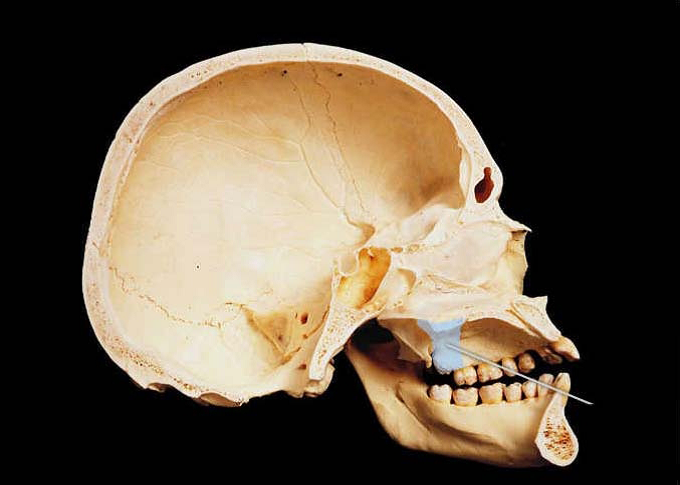
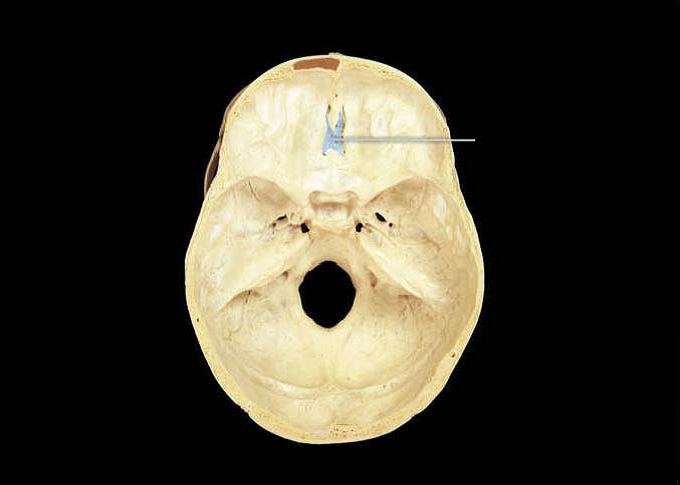
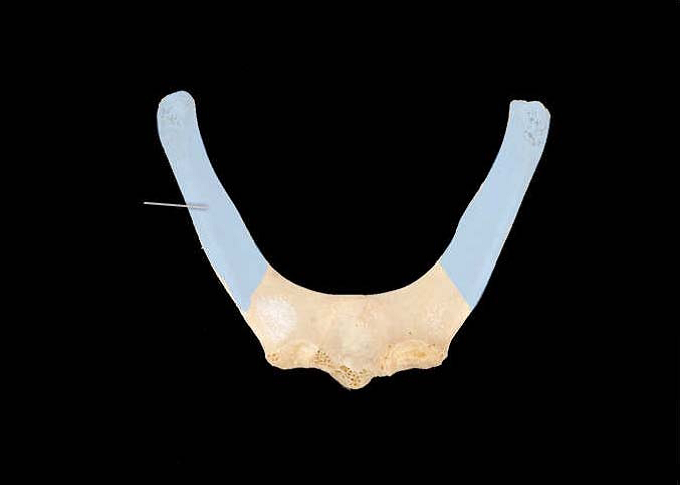
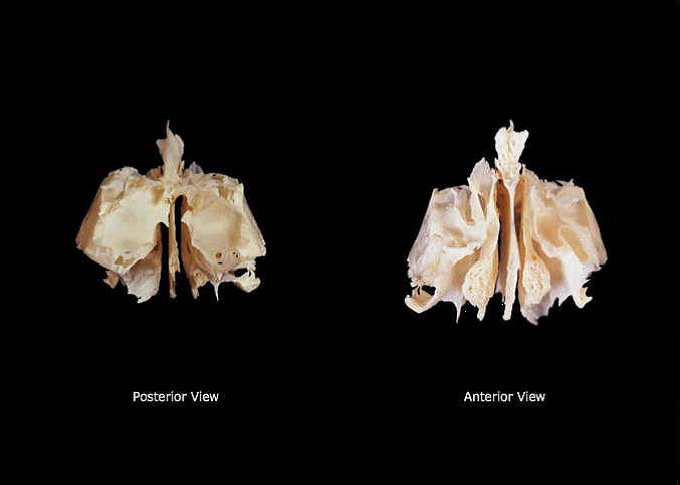
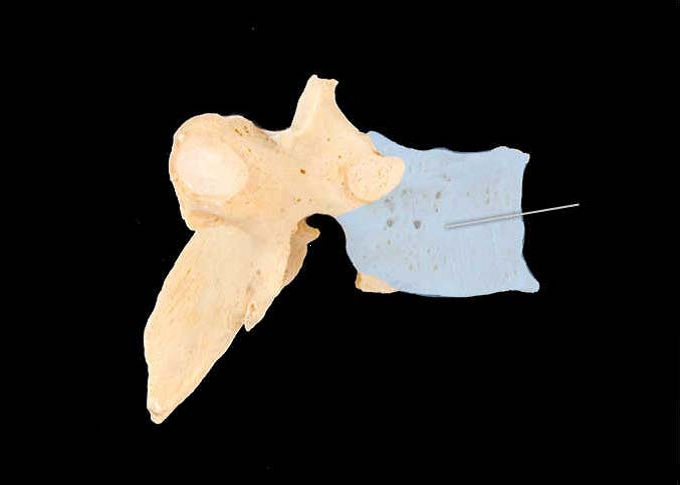
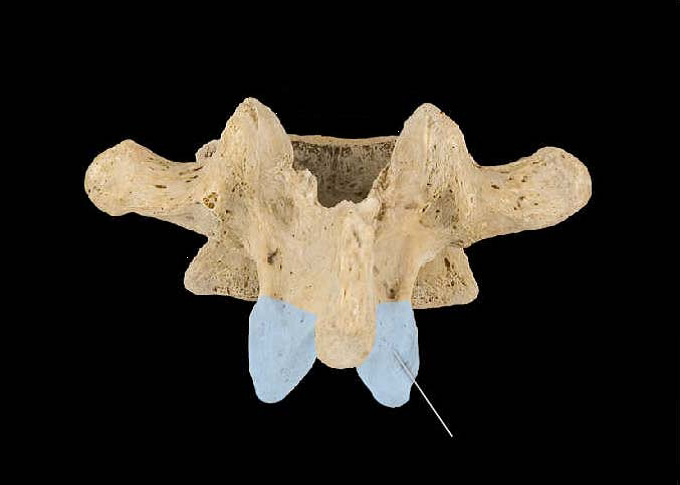
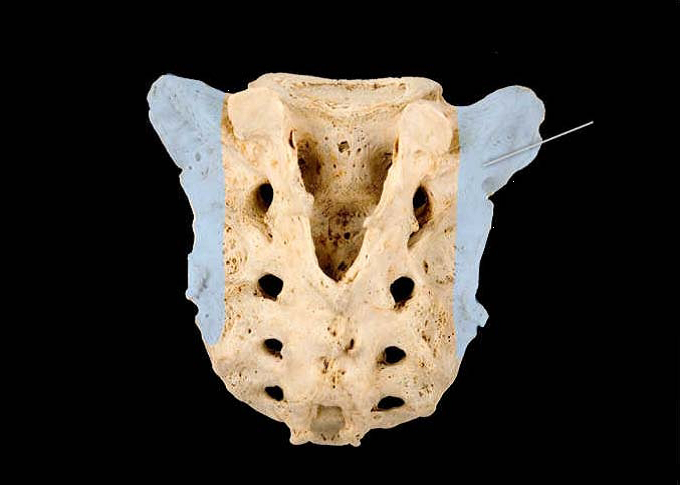
.png)
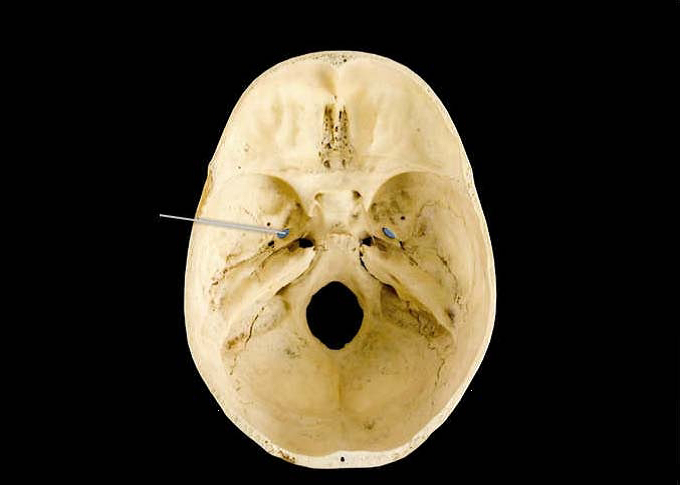
.png)
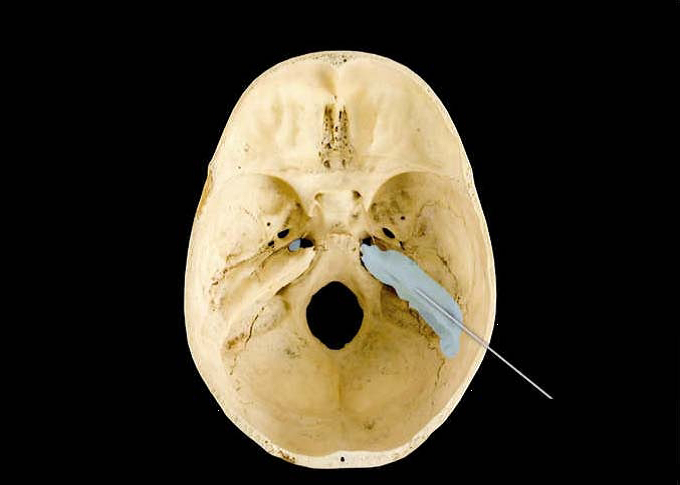
.png)
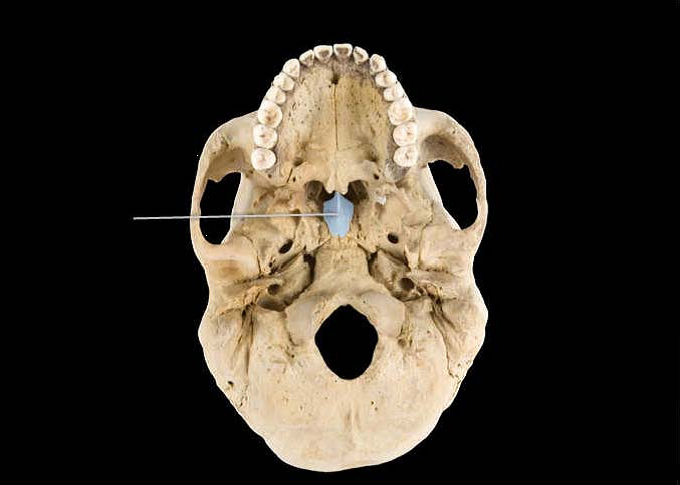
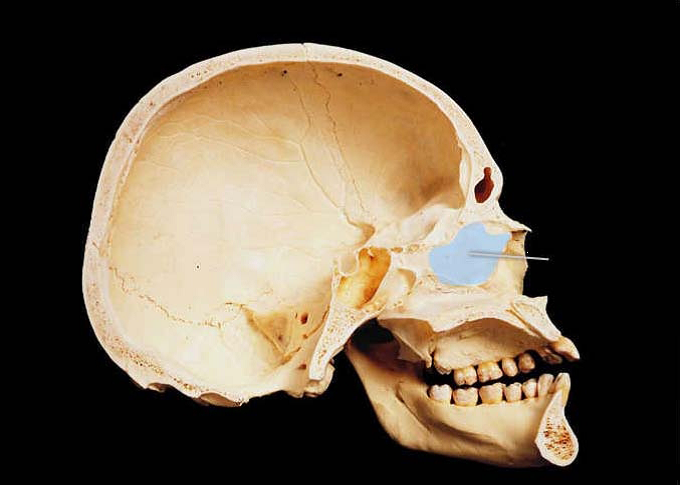
.png)
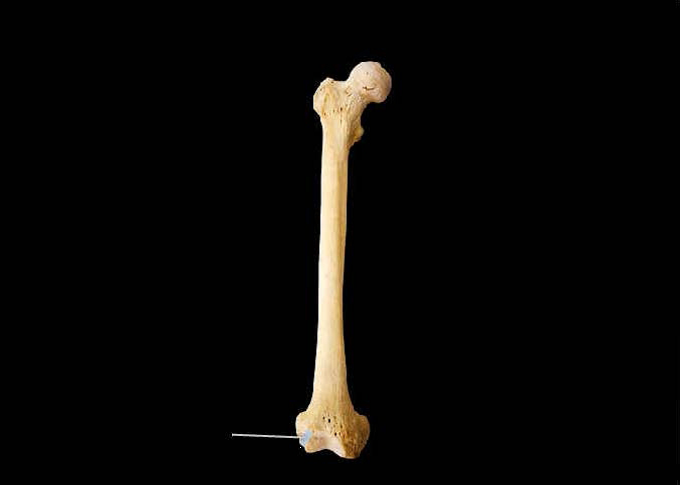
.png)
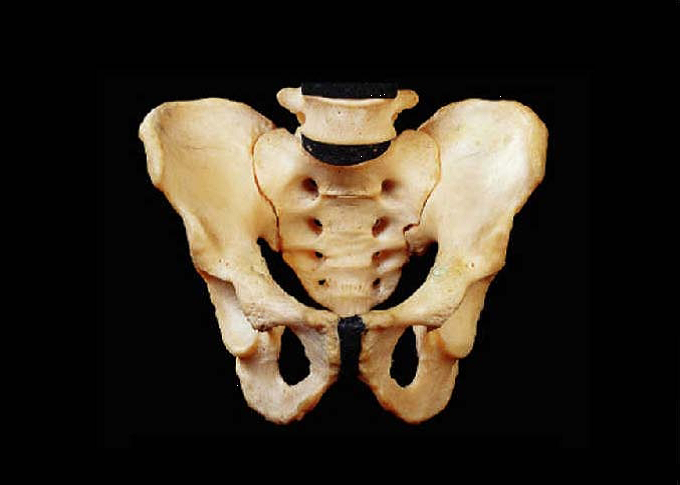
.png)
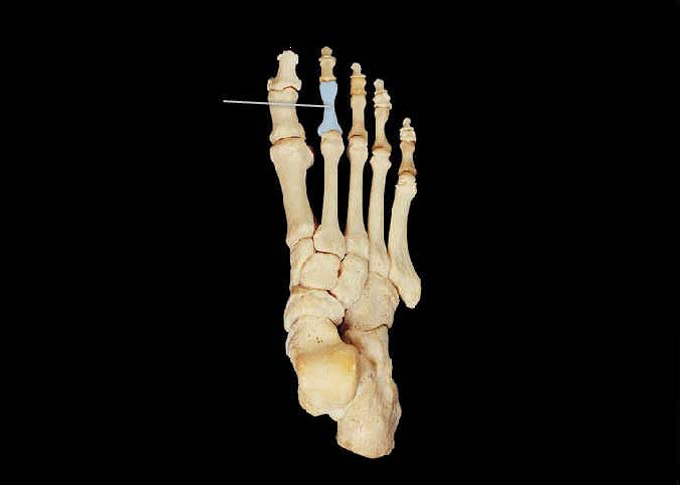
.png)
.png)
.png)
.png)
.png)
.png)
.png)
.png)
.png)
.png)
.png)
.png)
.png)
.png)
.png)
.png)
.png)
.png)
.png)
.png)
.png)
.png)
.png)
.png)
.png)